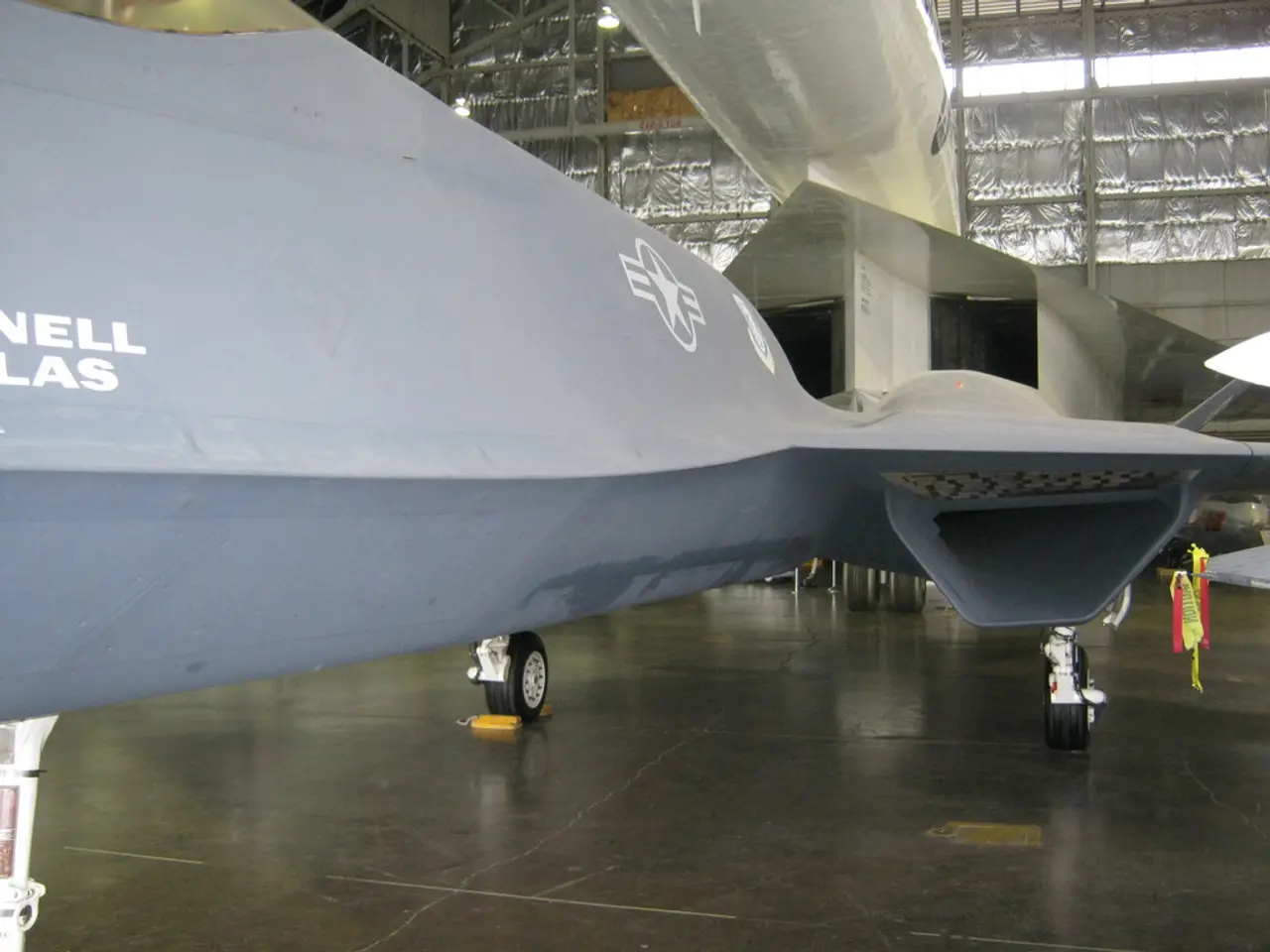Tragic Air Mishap Claims Lives of Four on a Medical Transport Aircraft Within the Navajo Nation Region, Northern Arizona
A tragic incident occurred on Tuesday, August 5, 2025, as a medical transport plane crashed and caught fire on the Navajo Nation in northern Arizona. The Beechcraft King Air 300, operated by CSI Aviation, was attempting to land at Chinle Municipal Airport to pick up a patient from a nearby federal Indian Health Service hospital.
The aircraft, a dual-propeller medical transport plane from CSI Aviation based in Albuquerque, New Mexico, crashed near the airport in Chinle around early afternoon. Reports of black smoke were received at about 12:44 p.m. during the incident.
The crash resulted in the death of all four people on board, including two pilots and two health care providers. The exact cause of the crash is currently unknown and under investigation by the Federal Aviation Administration (FAA) and the National Transportation Safety Board (NTSB).
The Navajo Nation President, Buu Nygren, expressed heartbreak over the crash, describing it as a tragic loss to the medical air and first responder community. Access to the airport was closed for investigation purposes immediately following the crash.
It is important to note that this incident bears a striking resemblance to a similar crash that occurred in Philadelphia in January, resulting in eight fatalities. In that incident, the voice recorder on the plane was not functioning. However, no further technical details or preliminary findings from the ongoing investigation into the Arizona crash have been disclosed publicly at this time.
The FAA has confirmed the crash, and the NTSB and the FAA are actively investigating the cause. The investigation is expected to provide more information about the crash and help prevent similar incidents in the future.
Our thoughts are with the families and friends of those who lost their lives in this tragic incident.
[1] Arizona Daily Sun. (2025). Medical transport plane crashes in Chinle, all four aboard killed. [online] Available at: https://www.azdailysun.com/news/local_news/medical-transport-plane-crashes-in-chinle-all-four-aboard-killed/article_c02b816c-75e6-11ed-9e39-6b93b429786a.html
[2] Navajo Times. (2025). Medical transport plane crashes in Chinle, all four aboard killed. [online] Available at: https://navajotimes.com/news/medical-transport-plane-crashes-in-chinle-all-four-aboard-killed/
[3] CNN. (2025). Medical transport plane crashes in Chinle, Arizona, killing all 4 on board. [online] Available at: https://www.cnn.com/2025/08/05/us/arizona-medical-plane-crash/index.html
[4] Associated Press. (2025). Medical transport plane crashes in Chinle, Arizona, killing all 4 on board. [online] Available at: https://www.foxnews.com/us/medical-transport-plane-crashes-in-chinle-arizona-killing-all-four-on-board.html
- The tragic incident on Tuesday, August 5, 2025, involving a medical transport plane in Chinle, Arizona, was covered widely by media outlets such as the Arizona Daily Sun, Navajo Times, CNN, and Associated Press.
- Bearing similarities to a previous incident in Philadelphia, the ongoing investigation by the Federal Aviation Administration (FAA) and the National Transportation Safety Board (NTSB) will, hopefully, shed light on the cause of the medical transport plane crash and contribute to the health and wellness of the air and first responder industry, preventing future accidents.
- This unfortunate event serves as a grim reminder of the importance of maintaining the highest safety standards in the medical transport sector, ensuring the well-being of patients and healthcare providers alike.
- With the health and aerospace industries closely monitoring the investigation's progress, the loss of lives may have far-reaching implications for the finance department of medical transport companies, as well as implications for public confidence in the sector.
- Concurrently, the medical community, coupled with the science and technology industry, will likely analyze the details of this tragedy to innovate and improve medical transport practices in collaboration with regulatory bodies like the FAA and NTSB, ultimately advancing the medical-conditions sector for the betterment of all people.








